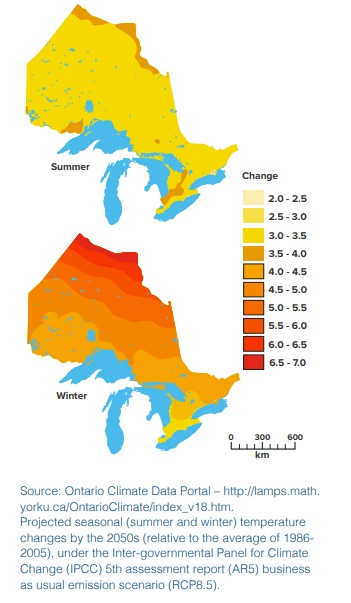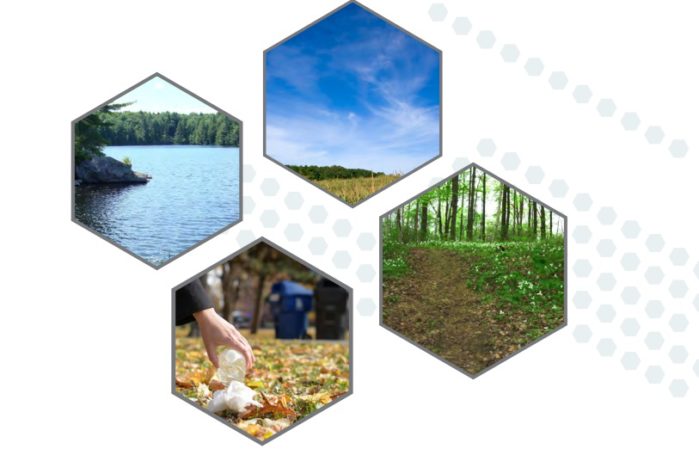The Ontario government is taking action to address issues of climate change. Once in office, we have been acting as quickly as possible to fulfill our commitment to Ontario families and businesses. For example, we revoked the cap-and-trade carbon tax and ended emissions trading and allowances. In addition, we have now released our Made-in-Ontario Environment Plan that takes concrete steps to protect our air, water, and land and fight climate change.
Climate change is here. It is a reality and our environmental legacy will be predicated on our capacity to adapt, and to stop the worst consequences from materializing.
Fortunately, another reality is the fact the Ontario government is committed to protecting the environment using a sensible and balanced approach that creates jobs, respects taxpayers and grows the economy. But it is important to discuss what we’re fighting…the actual impact climate change can have on all of us.
Our government understands that climate change is a reality. It is a serious, worldwide problem.
More frequently, we hear media reports of severe weather that results in flooded basements, structural damages, and costly cleanups—sometimes in our own backyard. And the insured losses we’ve incurred in Ontario during 2018 give an unnerving snapshot of the consequences.
Earlier this year, a storm caused more than $46 million of insured damage in Brantford, Cambridge, London and the GTA. A spring storm in southern Ontario resulted in almost $80 million in costs. Soon after, winds and rains hit Hamilton and the GTA and caused over $500 million in damage. Last summer, a rainstorm in Toronto caused $80 million in damage. Further, we can’t forget the destruction left in the path of the Ottawa tornadoes this September.
The people across Haldimand-Norfolk are close to the land and are among the first to notice changes in the weather and the attendant damage and costs extreme weather can inflict on crops and buildings. Farmers and those that work outdoors have long been aware of fluctuating temperatures and are taking note when scientists predict that the average annual temperature in Ontario could be increasing significantly.
 Milder winters and hotter summers create a paradise for insect and plant diseases. Are you getting more tick and mosquito bites? Lyme disease and West Nile virus, and other mosquito and tick-borne diseases, have been moving northward as our part of the world warms. And with increasing temperatures and phosphorus loads, many have taken notice of Lake Erie’s more frequent algal blooms and accelerated aquatic plant growth.
Milder winters and hotter summers create a paradise for insect and plant diseases. Are you getting more tick and mosquito bites? Lyme disease and West Nile virus, and other mosquito and tick-borne diseases, have been moving northward as our part of the world warms. And with increasing temperatures and phosphorus loads, many have taken notice of Lake Erie’s more frequent algal blooms and accelerated aquatic plant growth.
These aren’t news items from a far-off land. These events effect our health, increase food costs, hurt our communities, and can mean large repair bills and higher insurance premiums.
In a subsequent column, I’ll discuss our Made-in-Ontario Environment Plan and how it’s constructed to meet the needs of Ontarians by protecting and conserving our air, land and water; fighting litter and waste; building resilience to the impacts of climate change—particularly extreme weather—and illustrating ways for all of us to do our part to decelerate climate change by reducing greenhouse gas emissions.
As one with a background in agriculture and the outdoors, I’m excited about our environment plan. It draws on the expertise of environmentalists, scientists, stakeholders, Indigenous people, and the general public—more than 8,000 ideas and recommendations were received through our online portal. But more on that in a future column. For the Silo, Toby Barrett.
